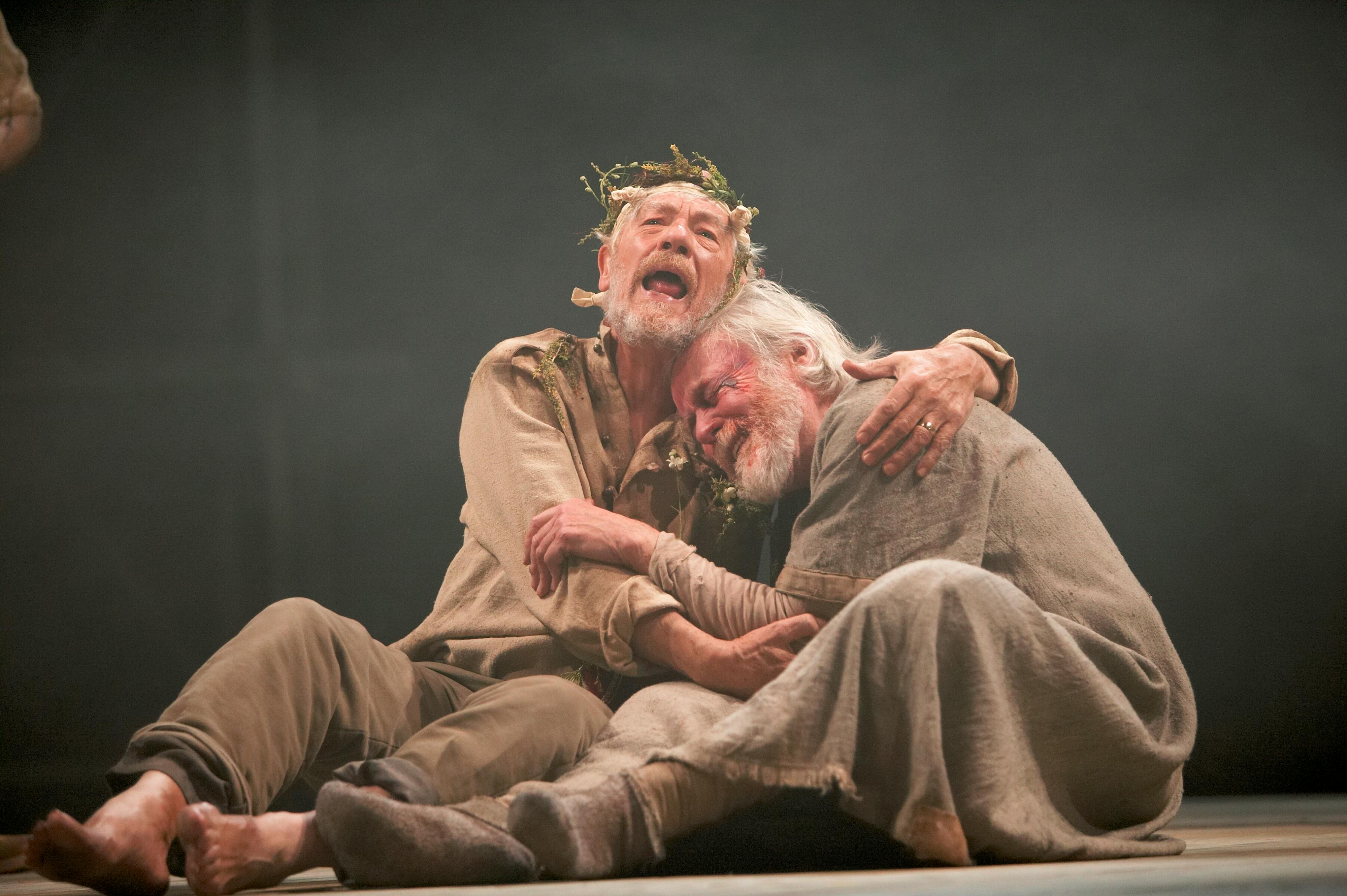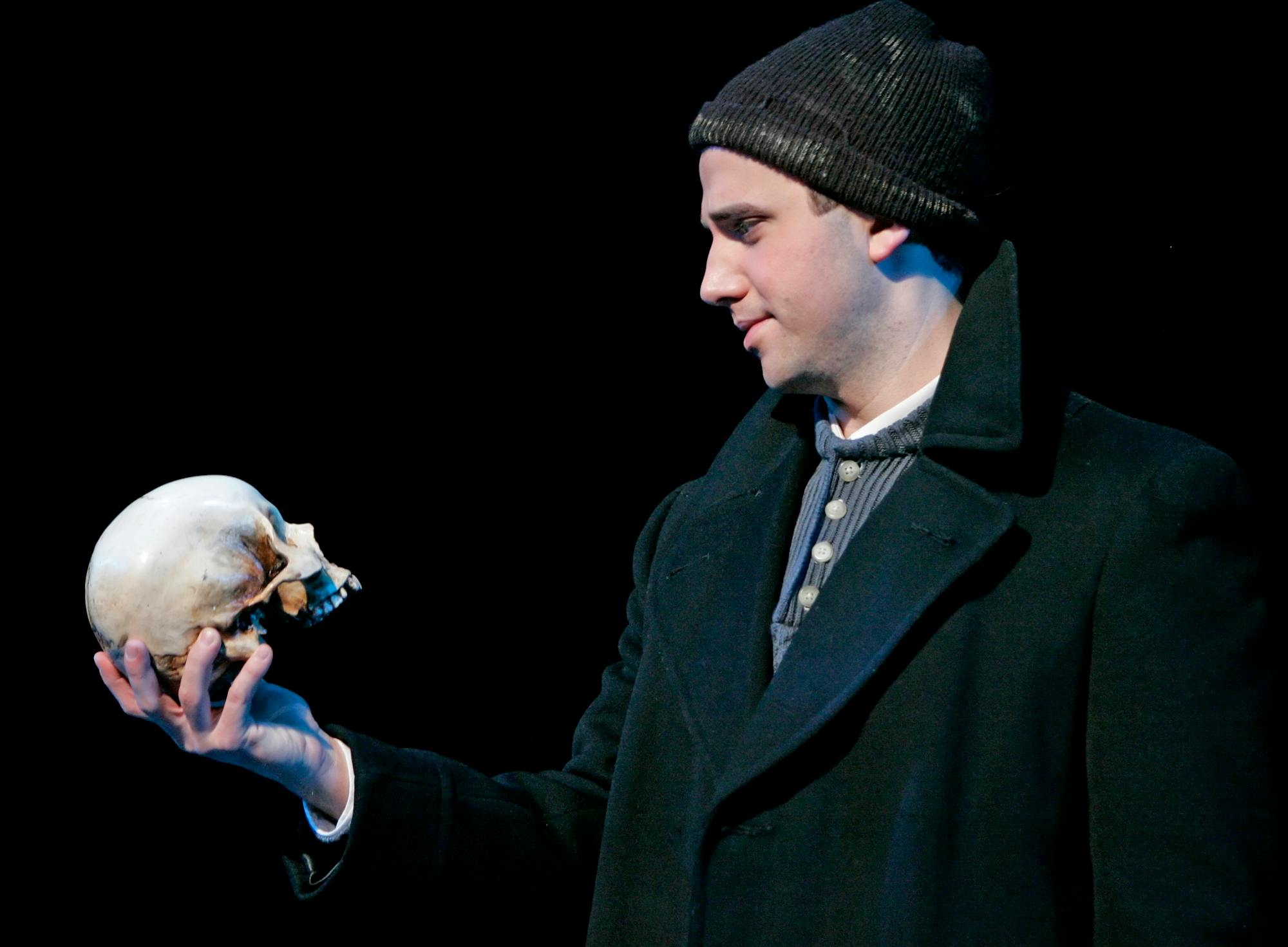Sixty years ago, the Twin Cities became the center of the theater world and inspired the building of companies across the nation.
How Minneapolis and St. Paul rose to be the hottest cultural attraction in the nation has to do with a meeting between Tyrone Guthrie, then the biggest theater director in the English-speaking world, and a group of young boosters who leapt at the chance.
In 1959, Guthrie put a notice in the New York Times. He and his team would build a theater in a city in America's heartland that was removed from the industry's commercial pressures in New York and was dedicated to doing classics. About seven cities would eventually be in the "Survivor"-style running to land the company, including Detroit, Chicago and Milwaukee.
John Cowles Jr., scion of a newspaper family, was on a train from the Twin Cities to Iowa when he saw the notice.
"He got interested," said his son, Jay Cowles. "My dad at the time was 35, and he spoke to his father and got encouragement. So he began to tin cup the idea around."
Cowles Jr., who would later chair the theater's board, enlisted a cadre of young up-and-comers that included financial guru Philip von Blon, attorney Pierce Butler III and newspaper publisher Otto Silha.
"They were like the junior board at Walker Art Center," said Charlie Zelle, whose father, Louis, was in the group of Twin Cities founders.
They put together a proposal and then flew to New York to have lunch with Guthrie and his colleagues Oliver Rea and Peter Zeisler. The hosts were impressed not simply by the cohesive vision and passion, but also by their youth. That meant a commitment, energy and excitement for the long haul, Zelle said.

